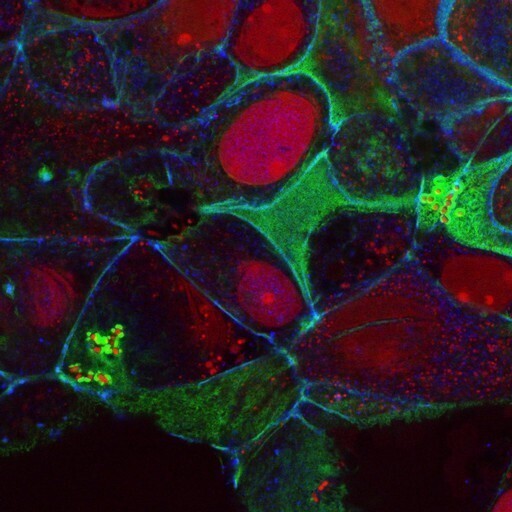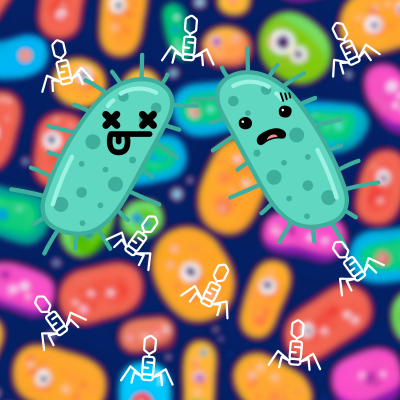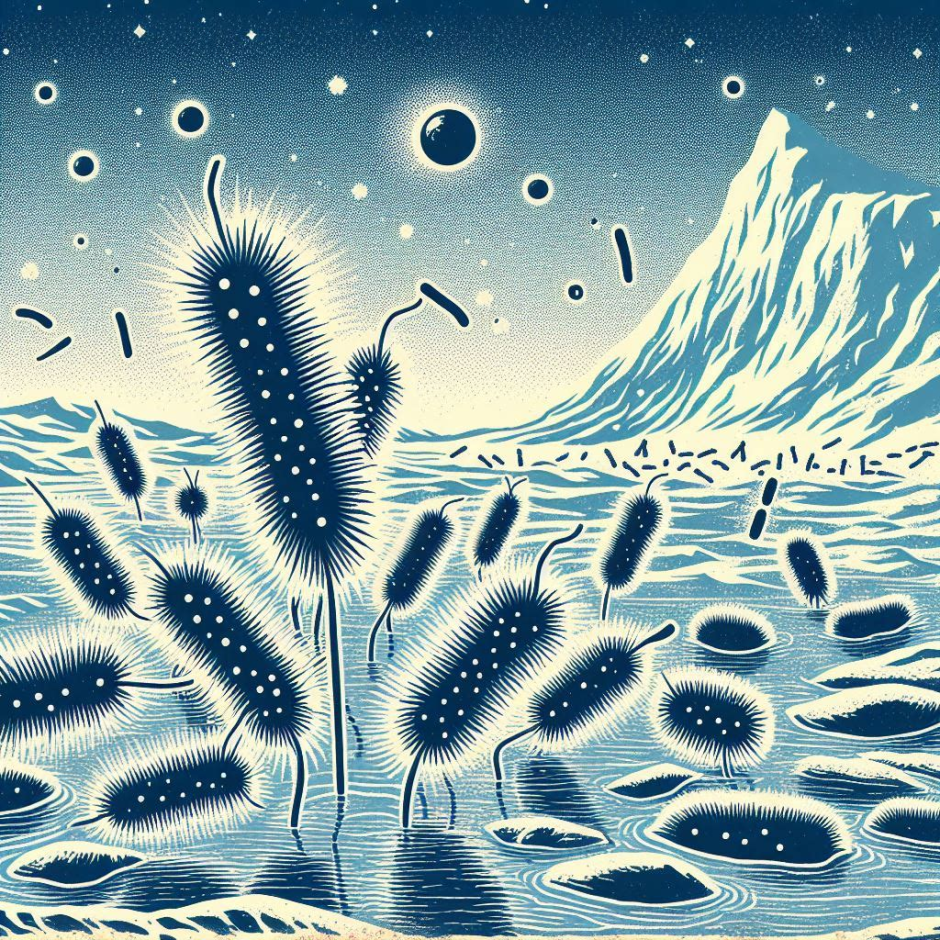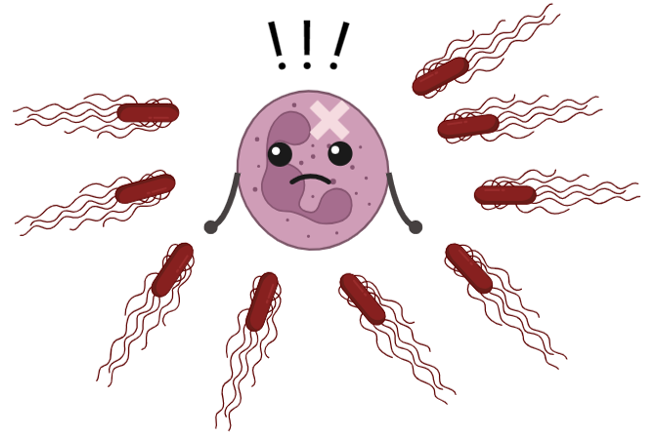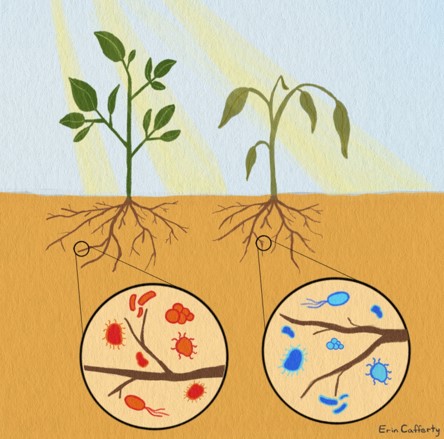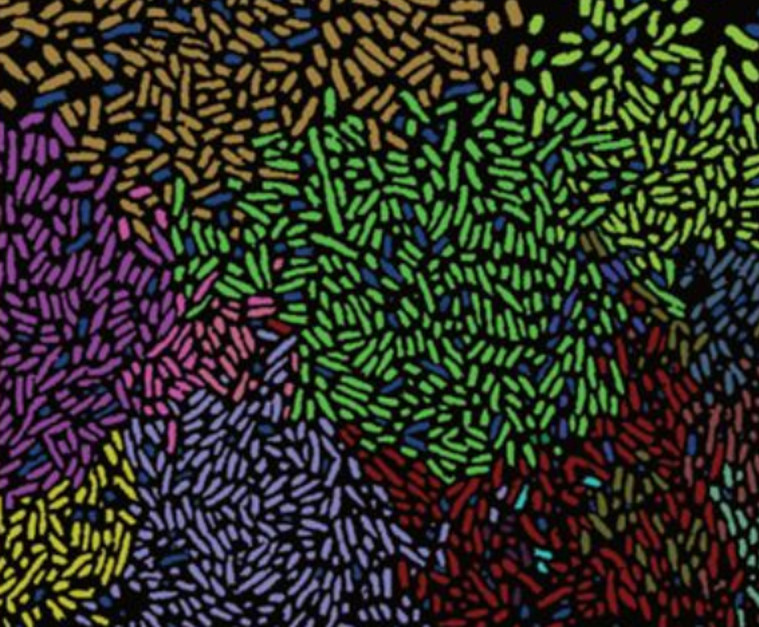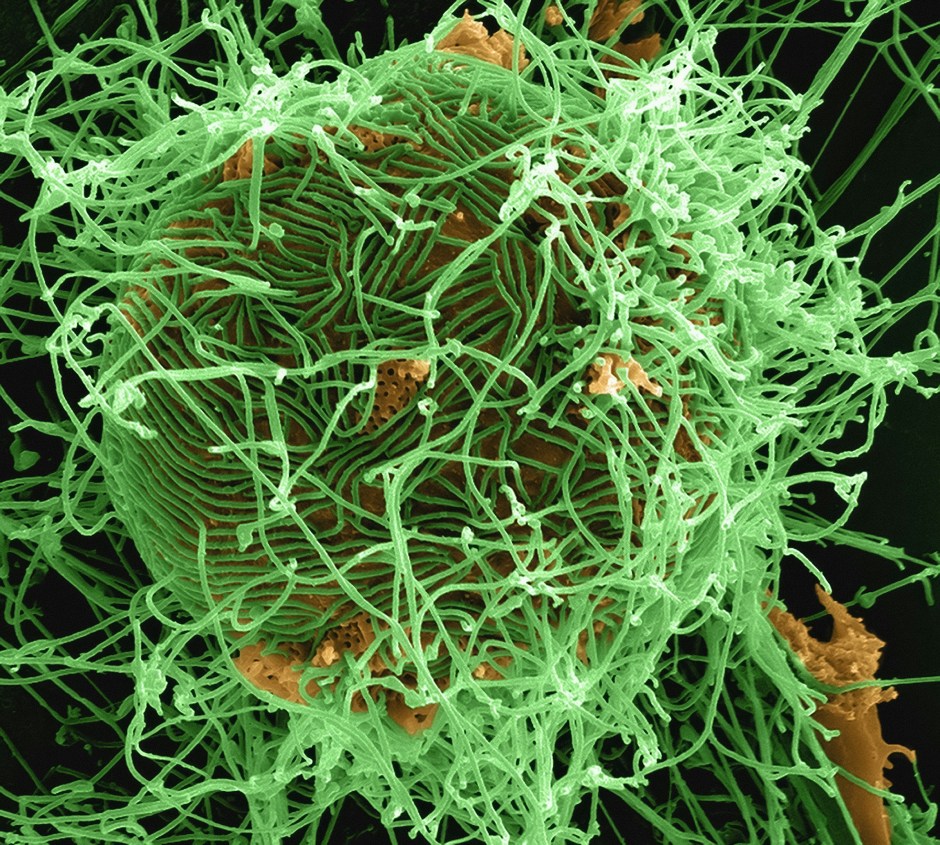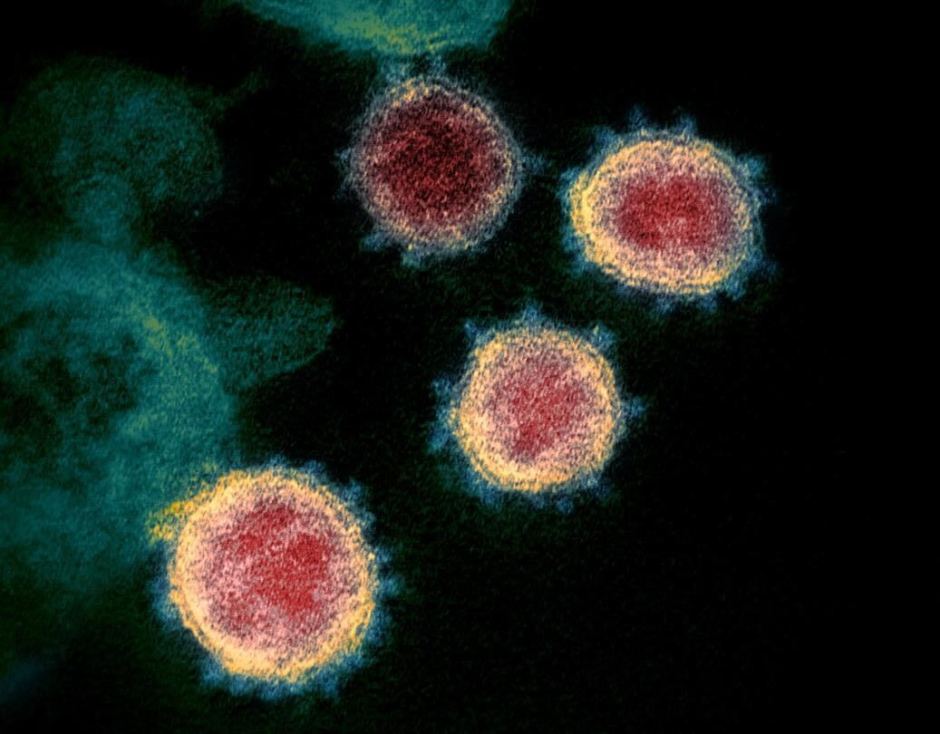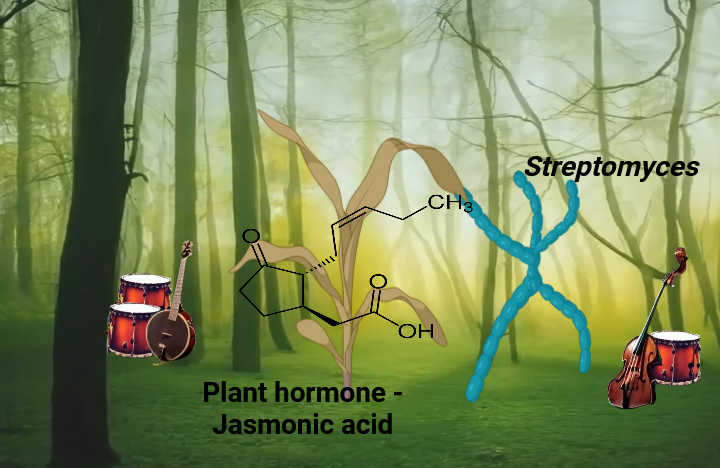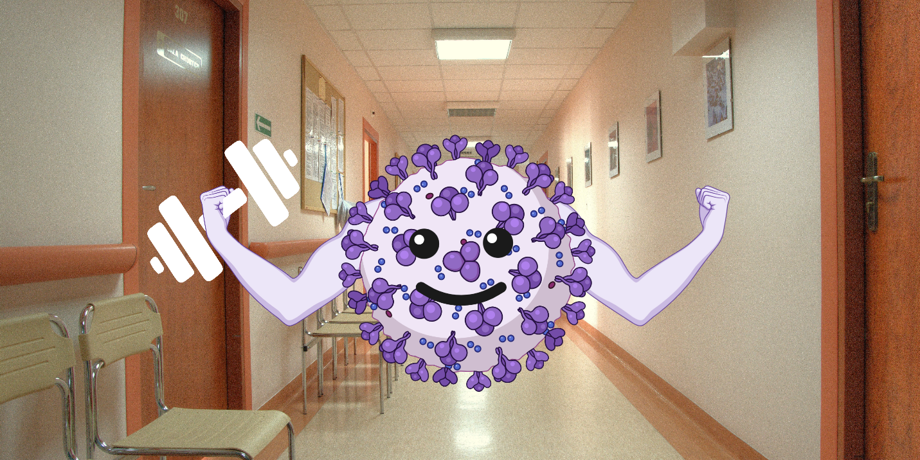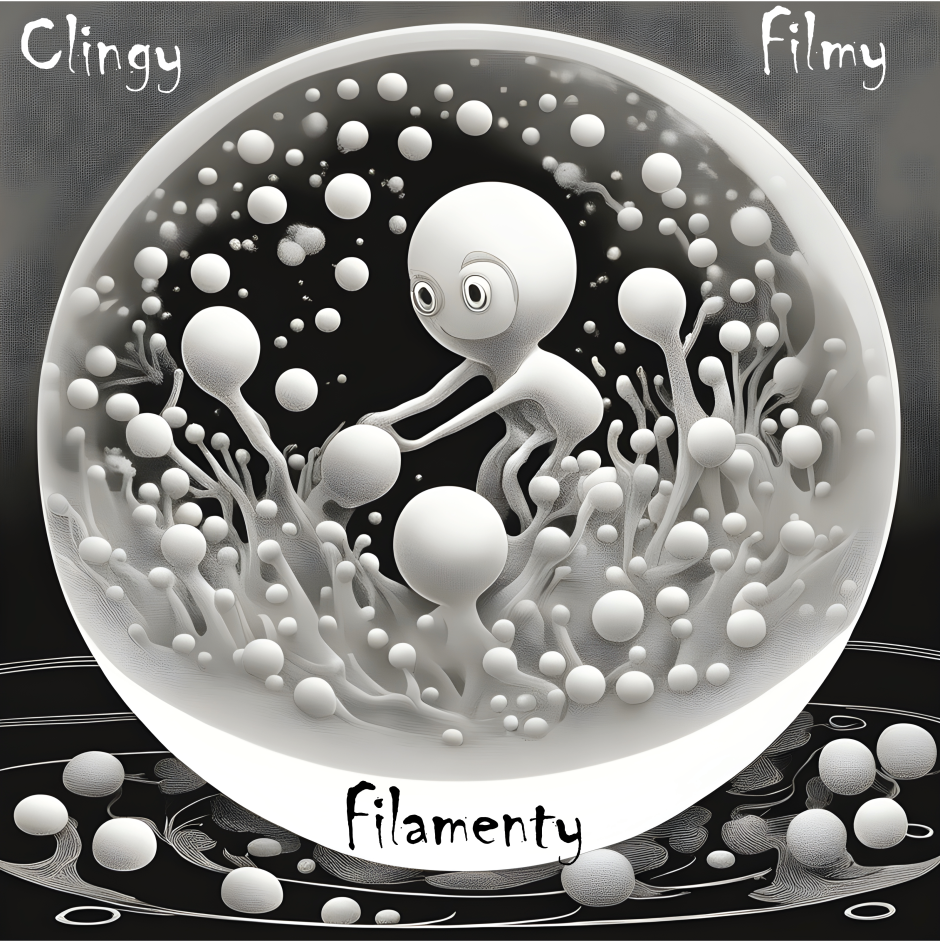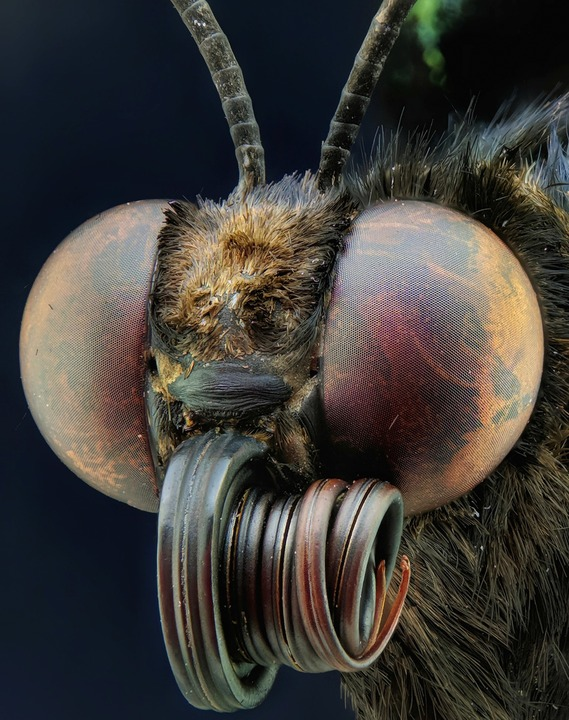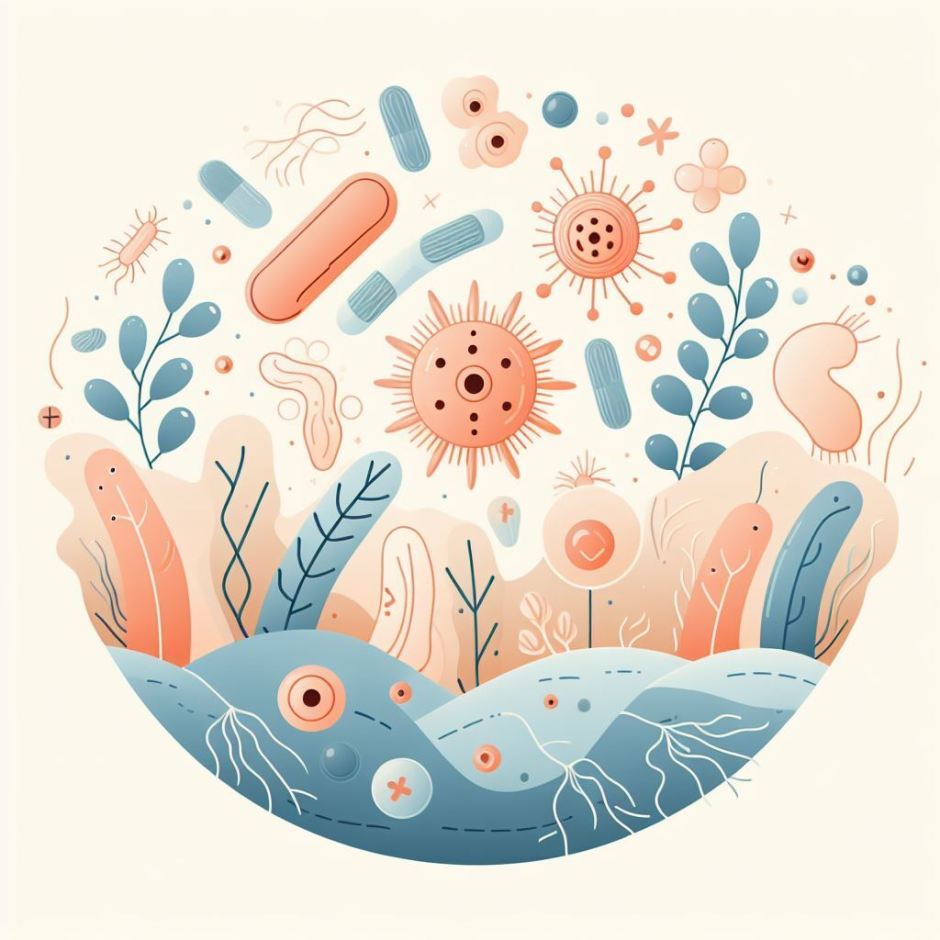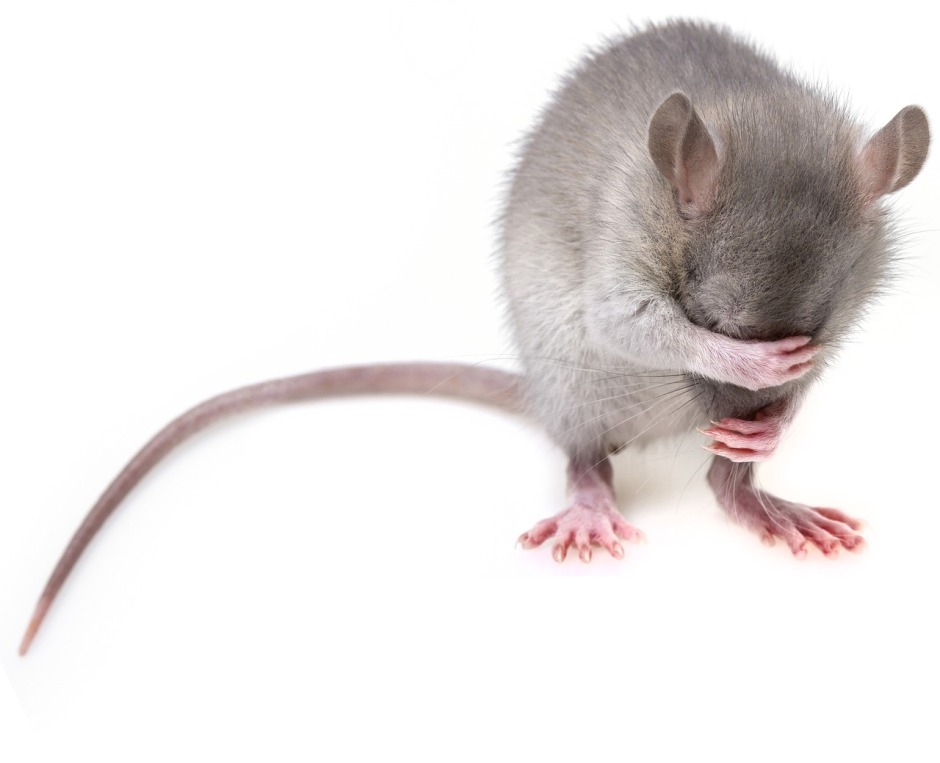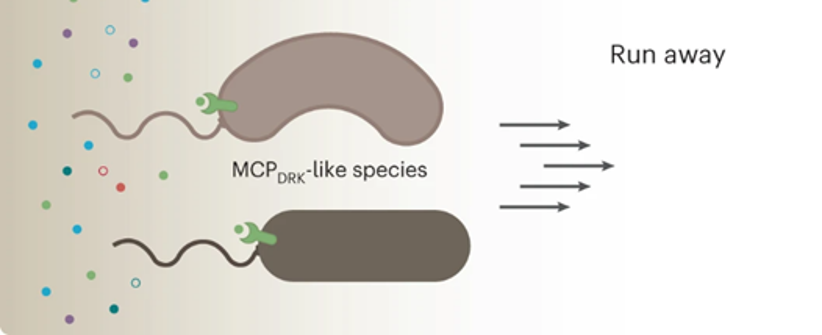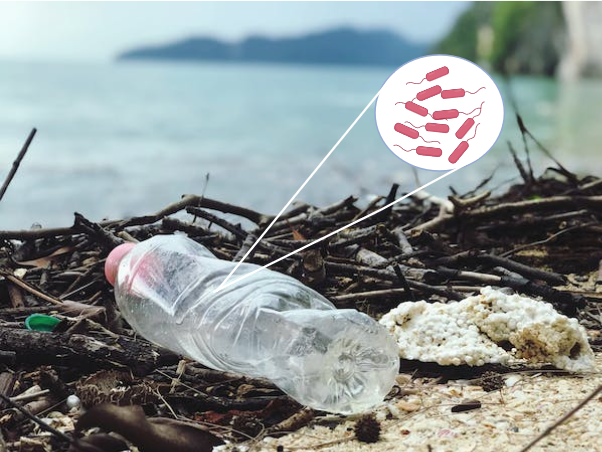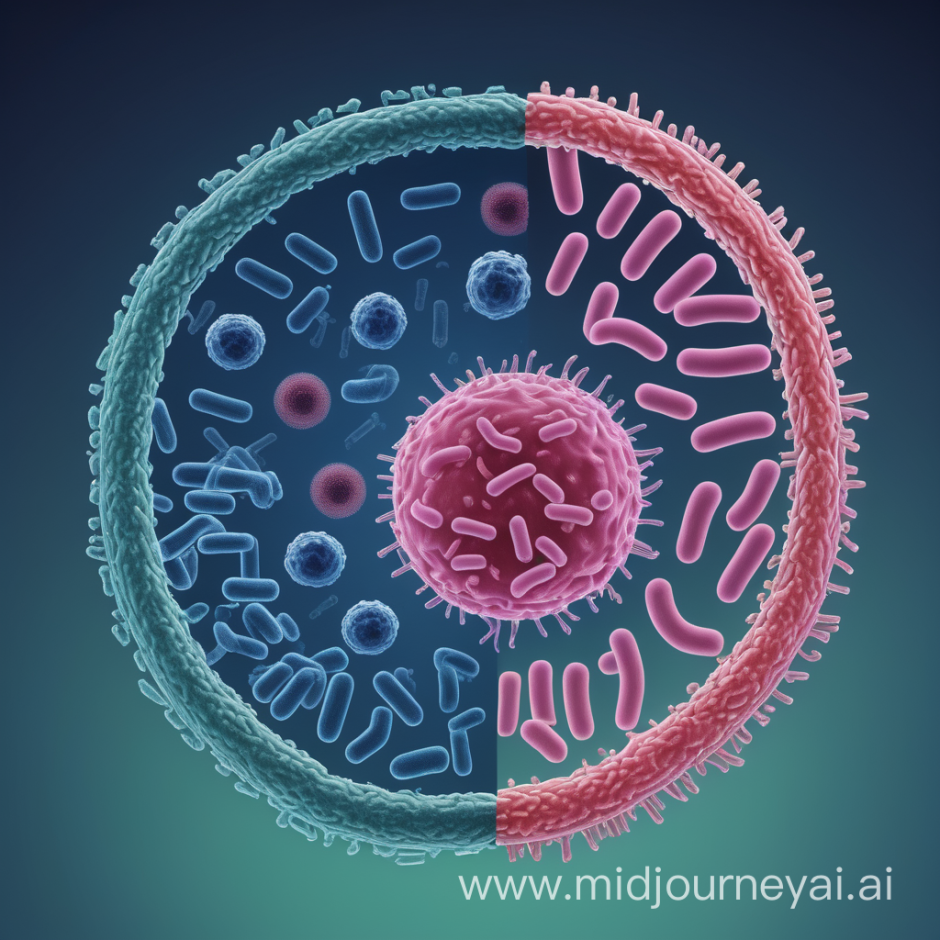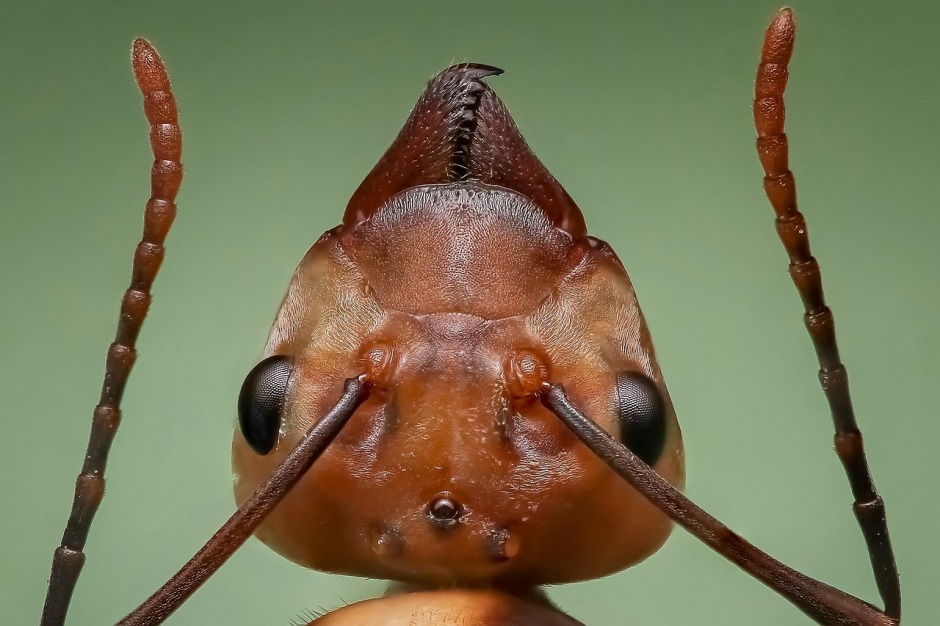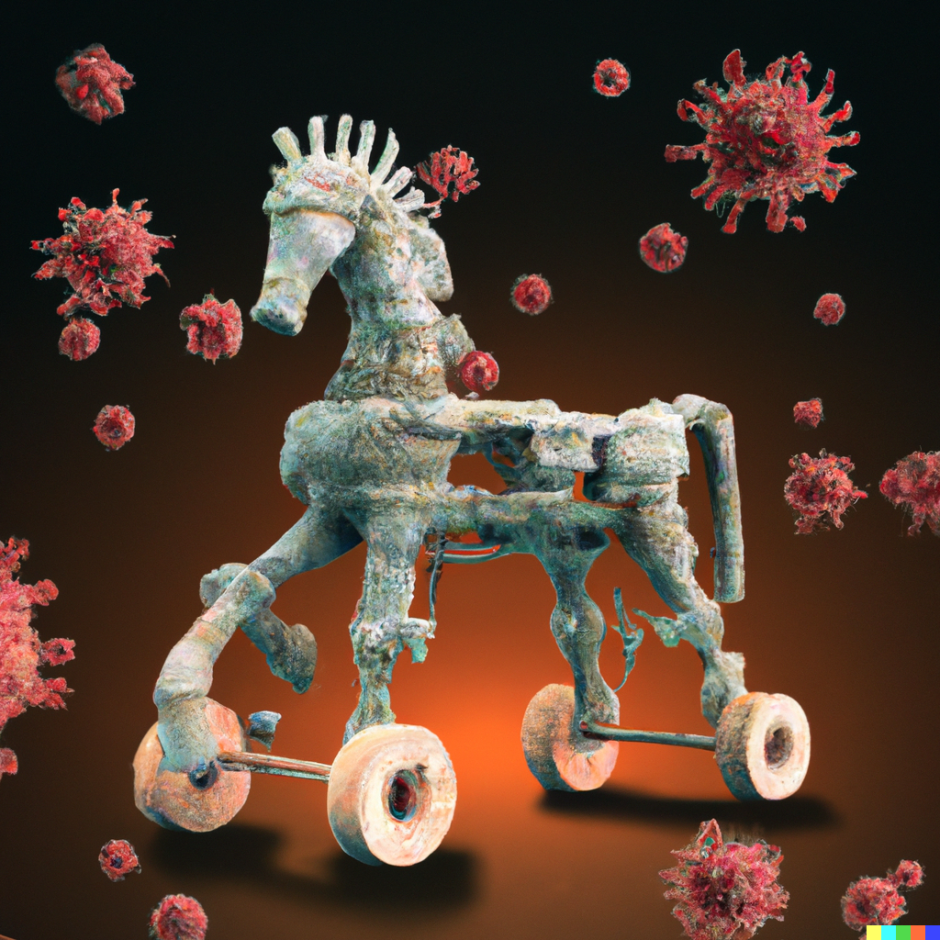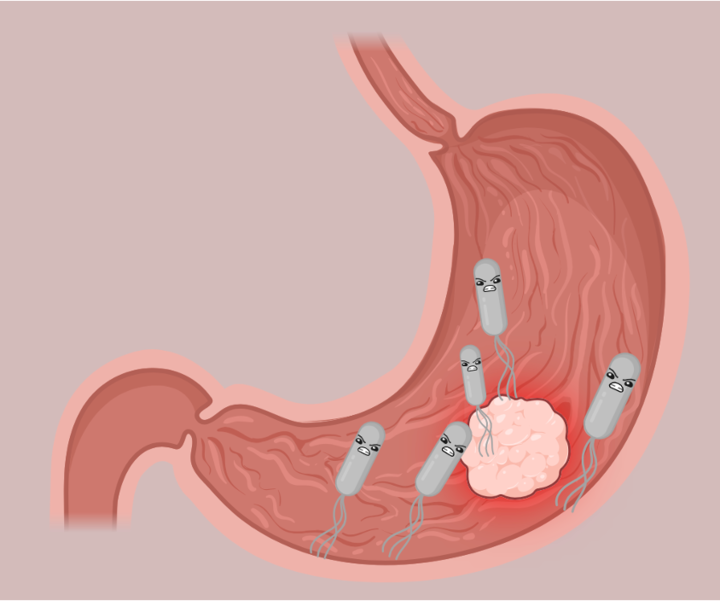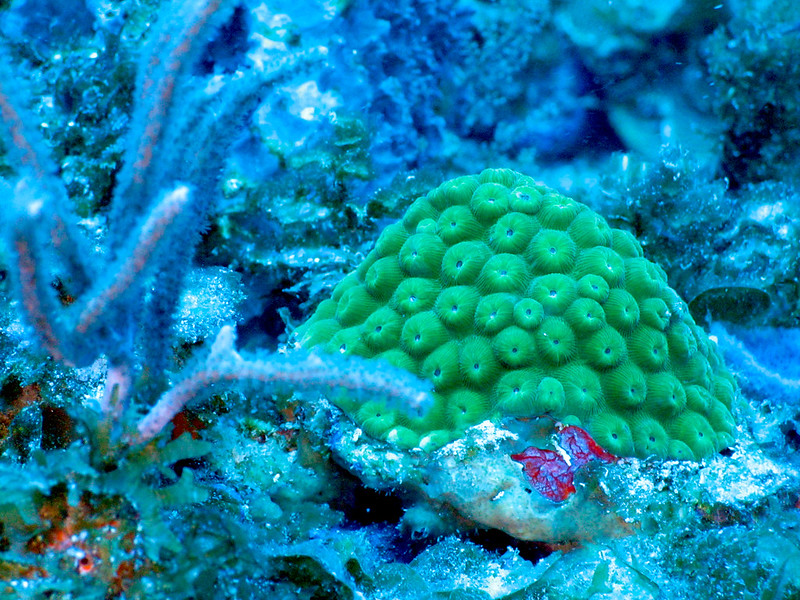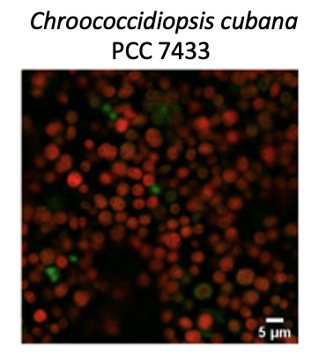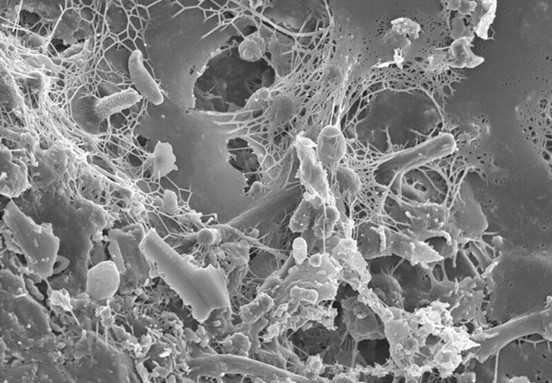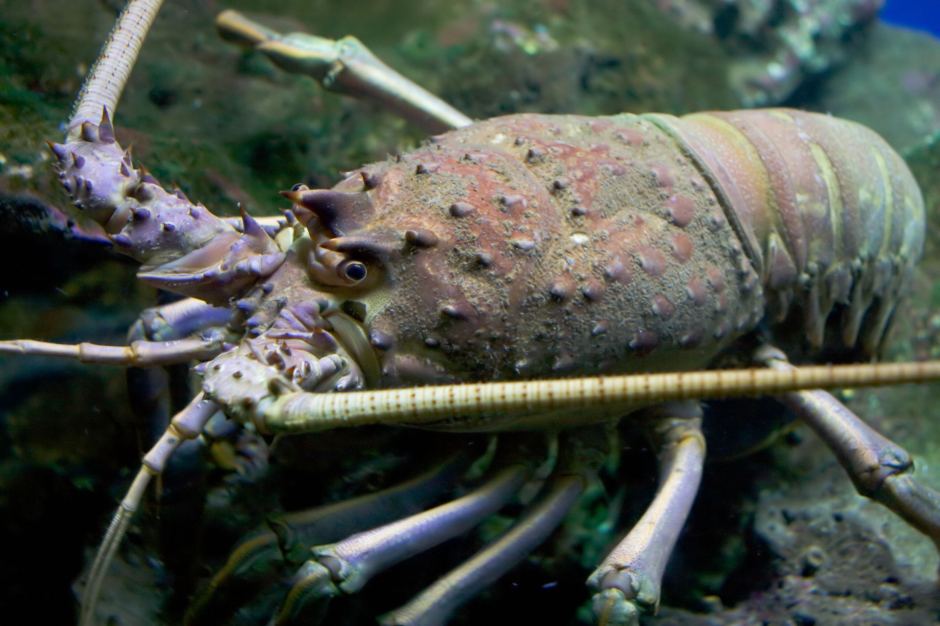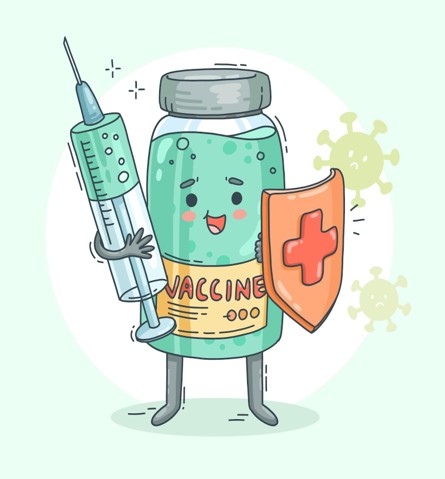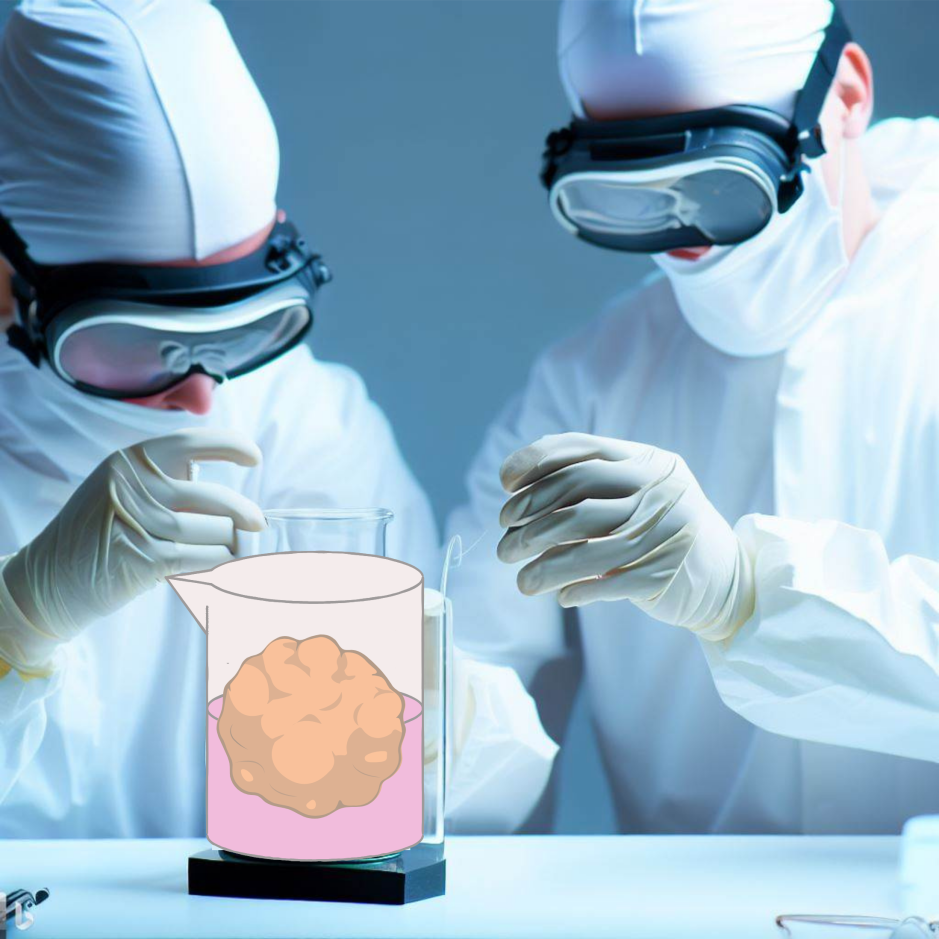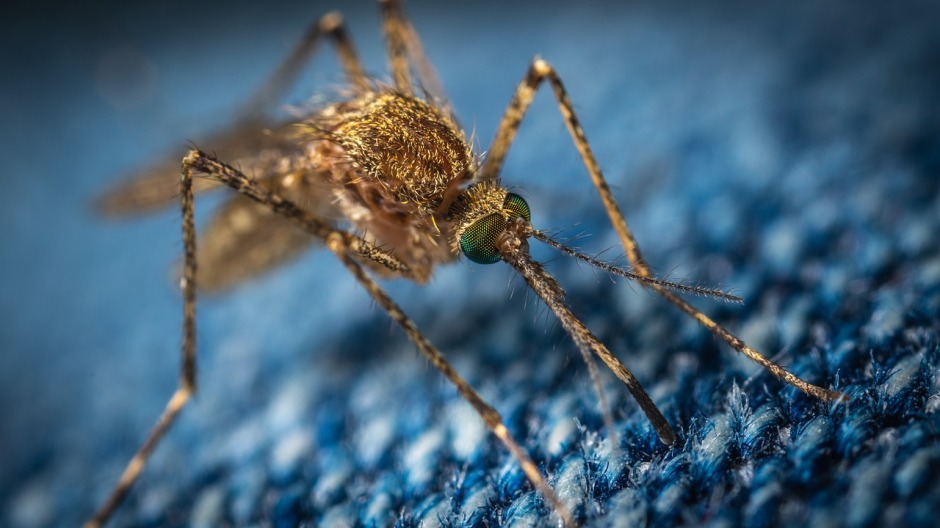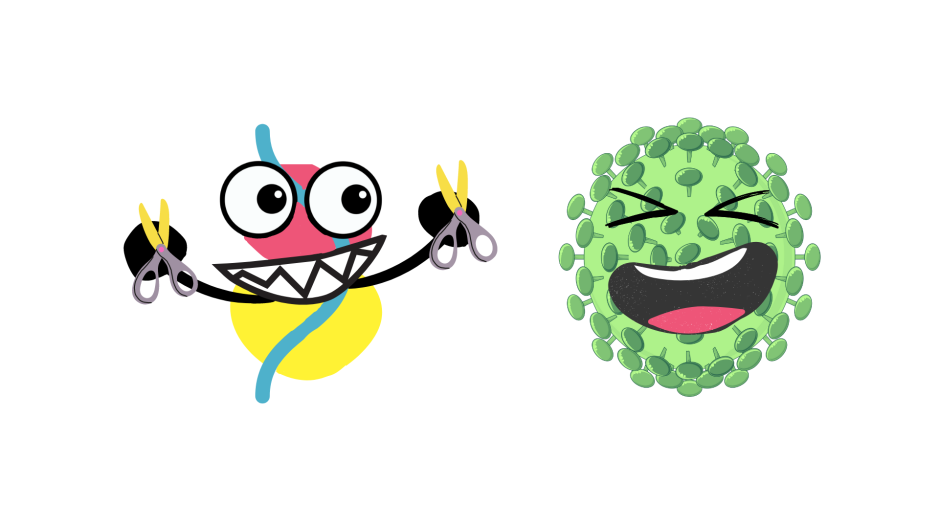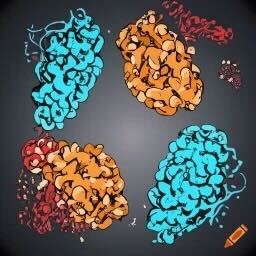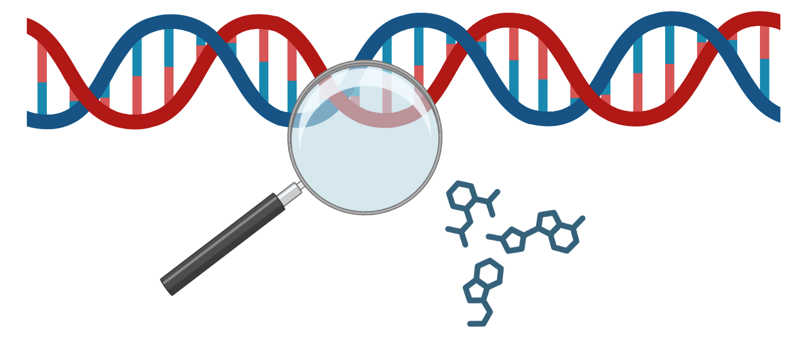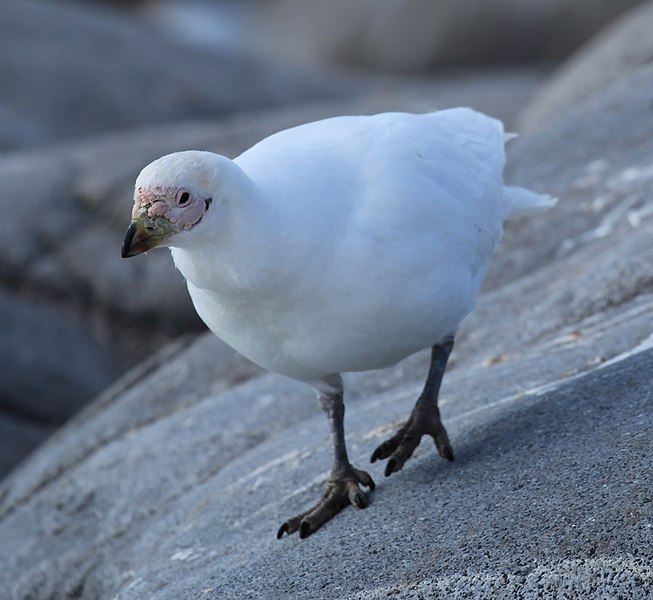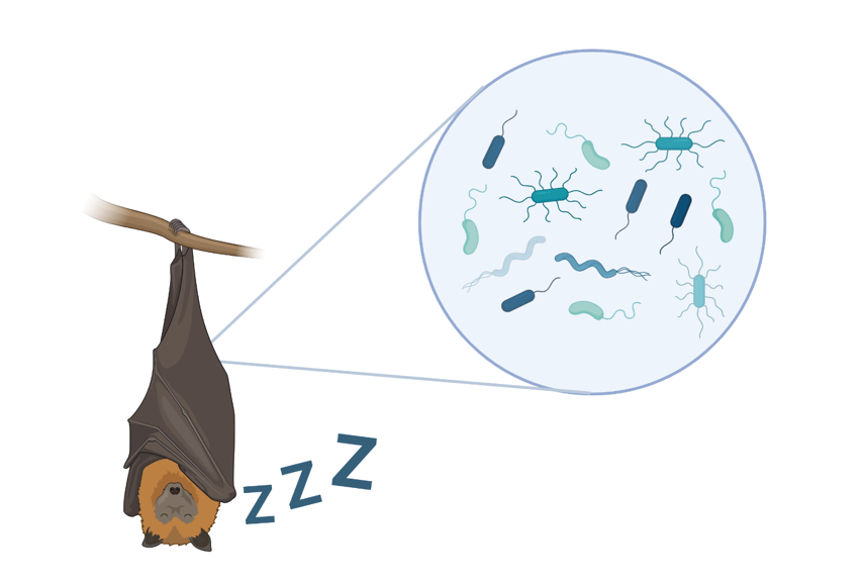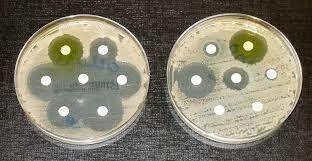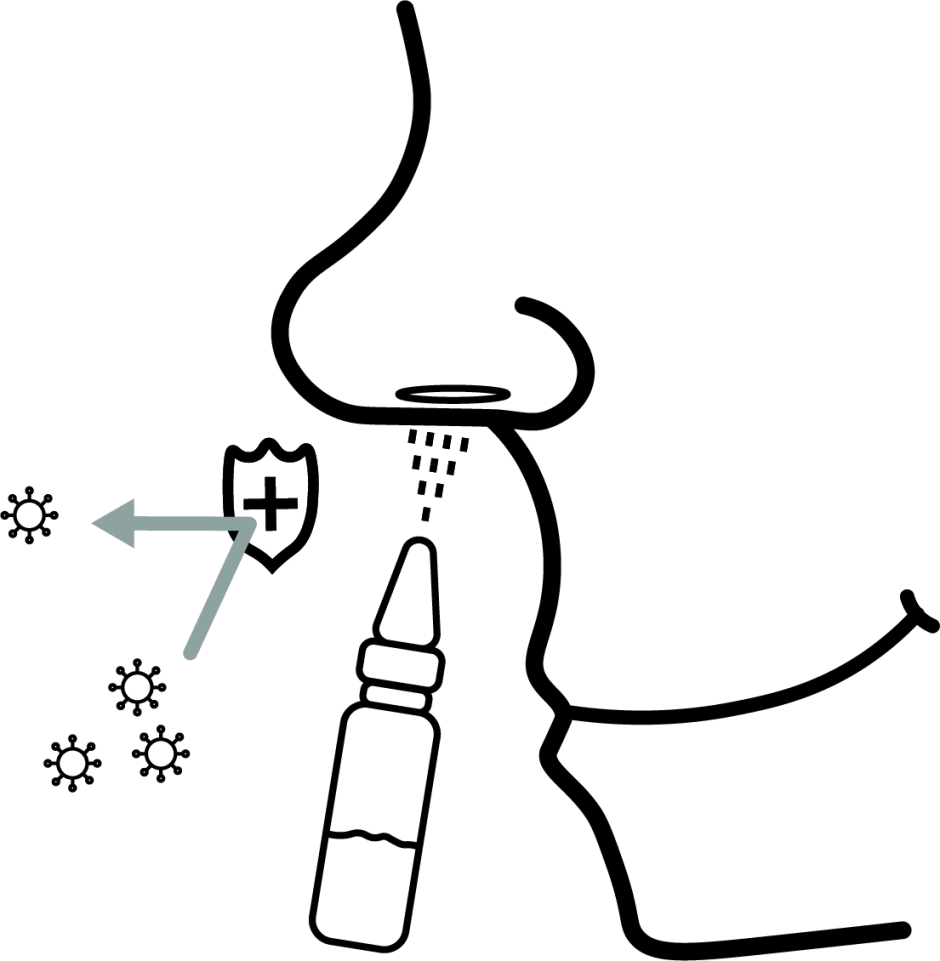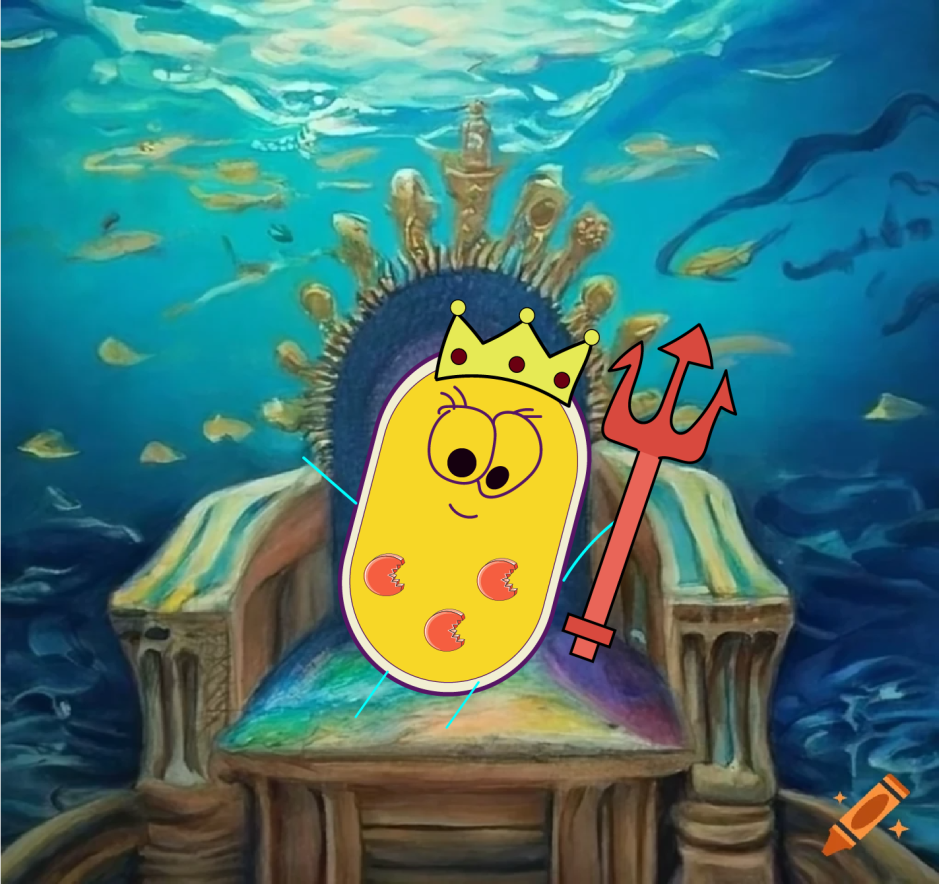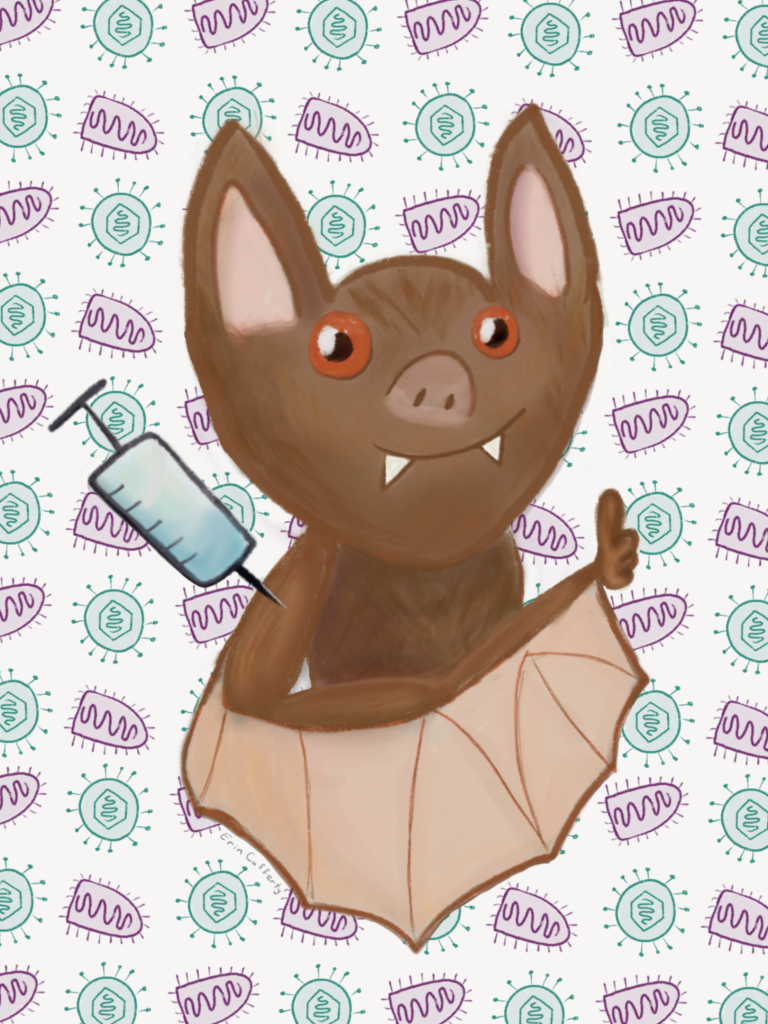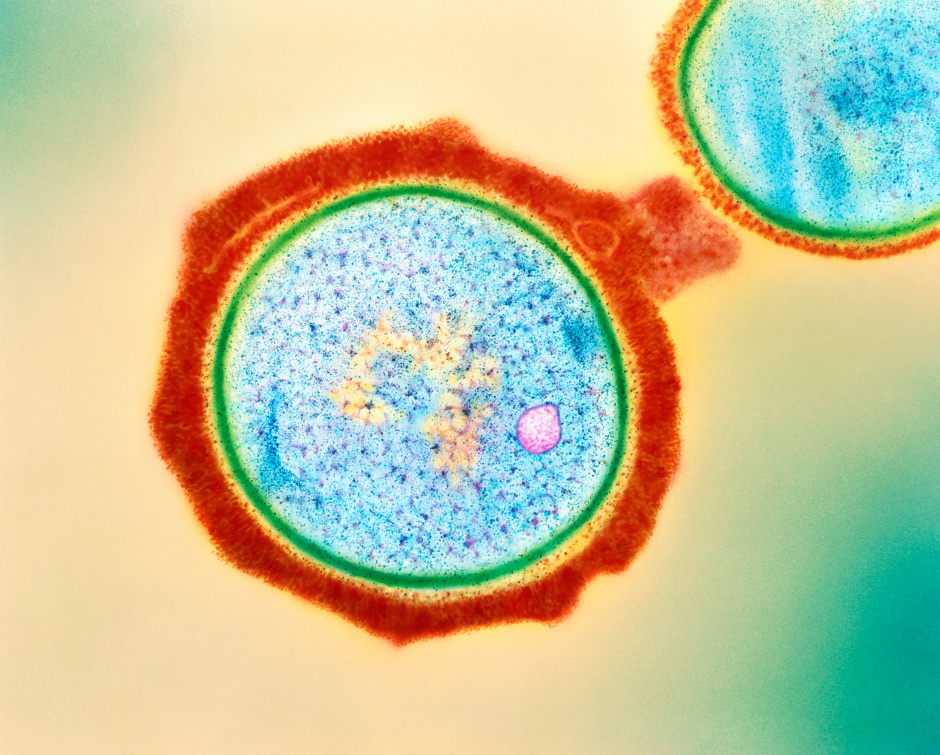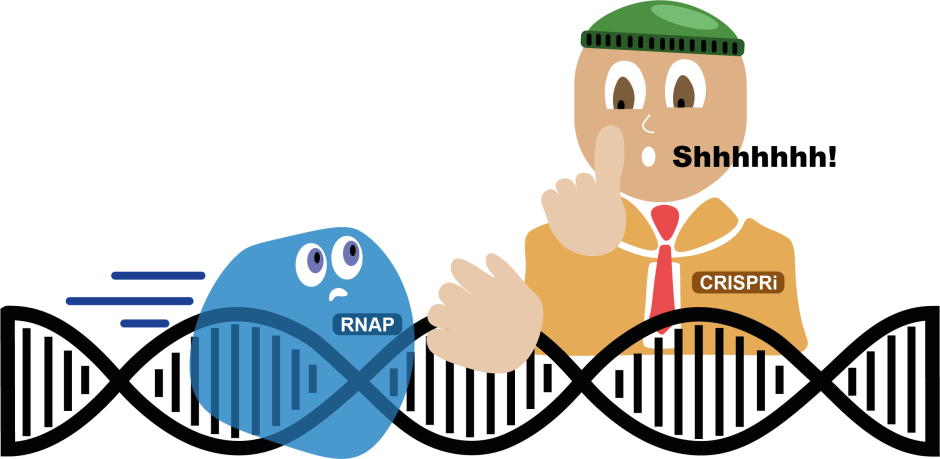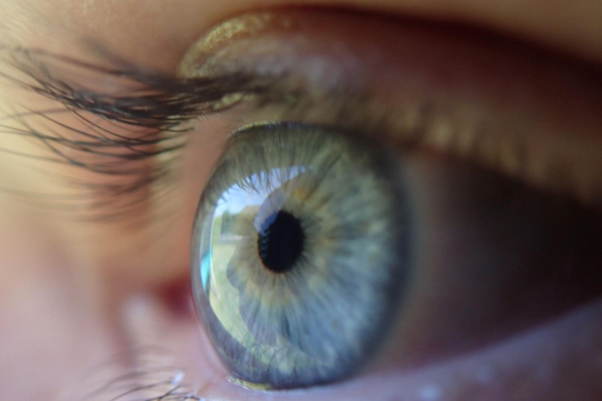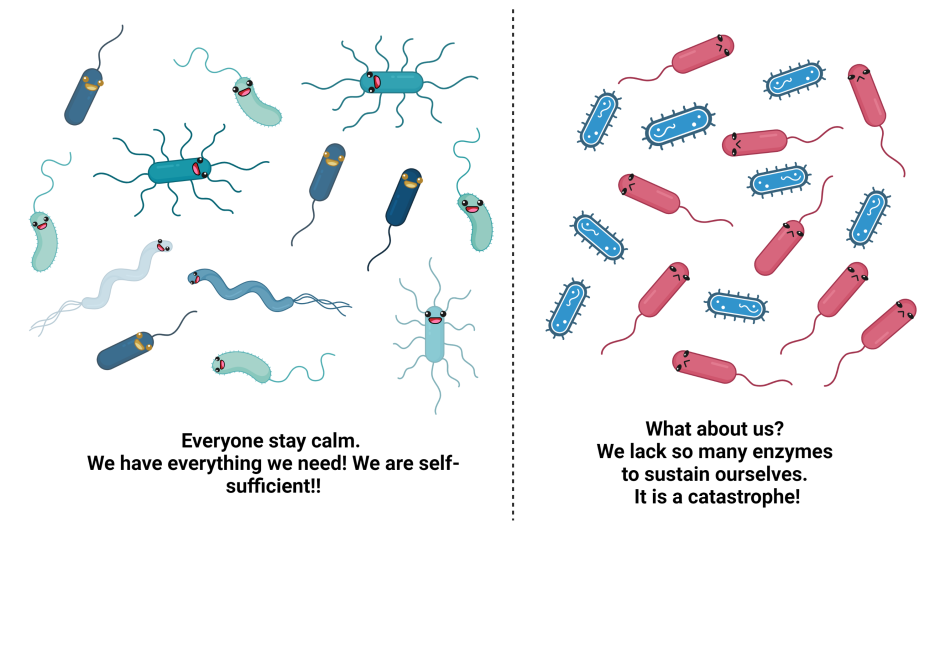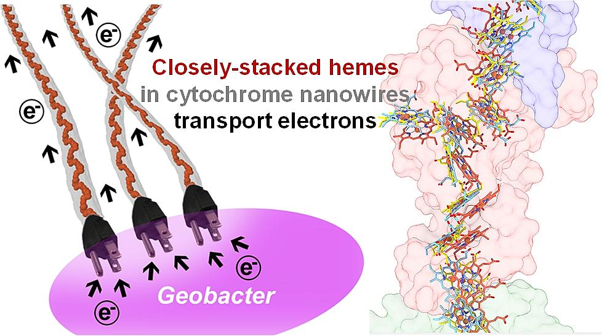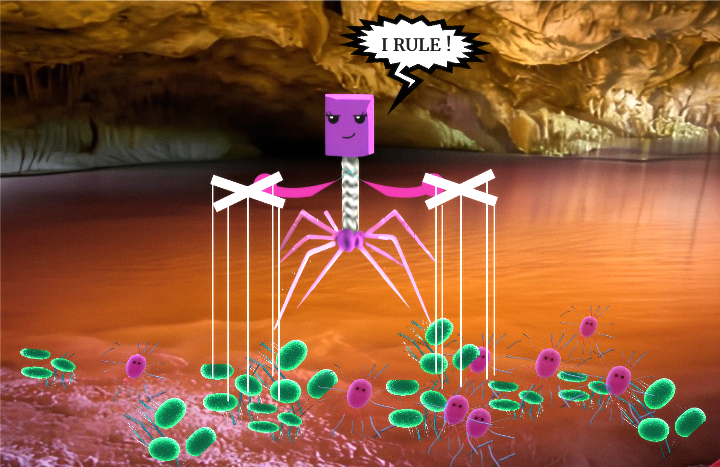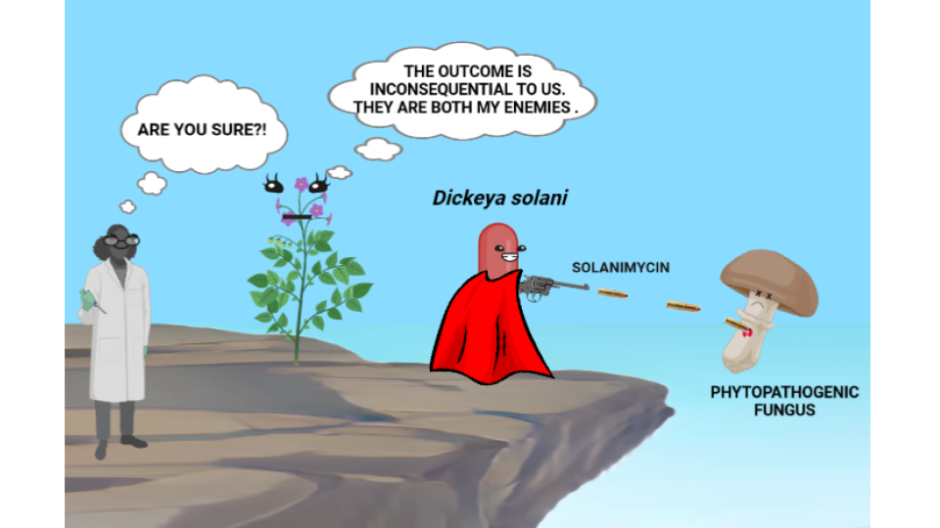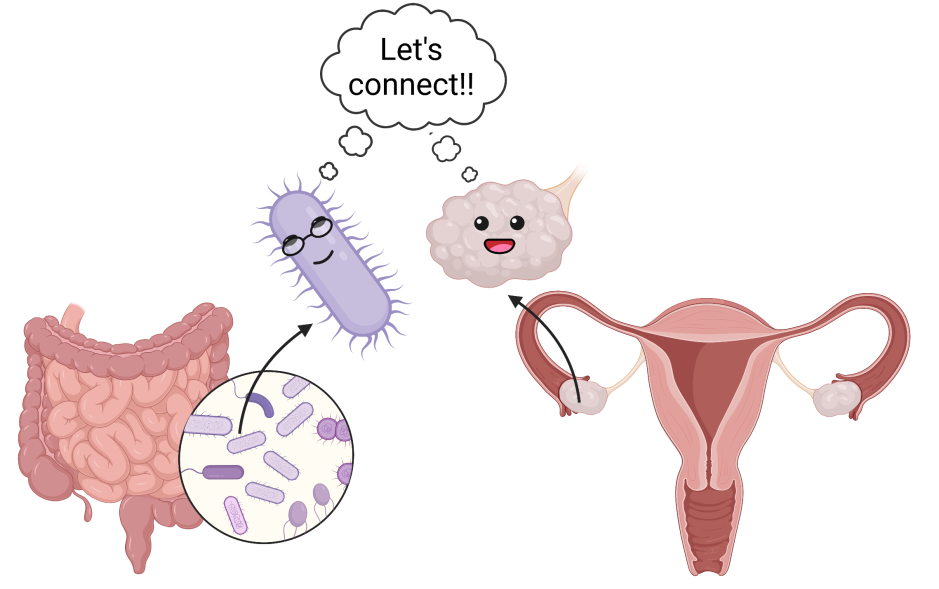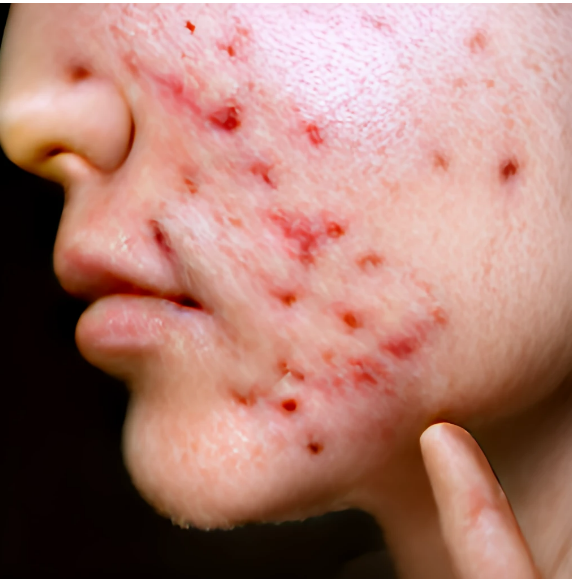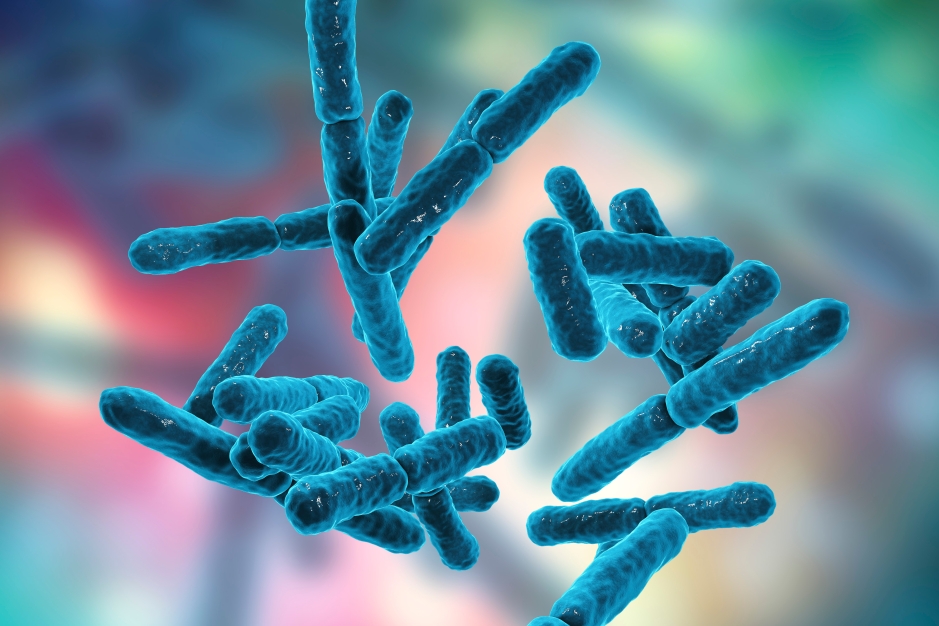
Breaking down the microbiology world one bite at a time
Organ Lost: How microbes determine a squid’s fate
For long, the Hawaiian bobtail squid has been a favorite among microbiologists. Usually when this squid comes up at microbiology dinner parties, so do its bioluminescent symbionts Vibrio fisheri. The bobtail squid and V. fisheri share a fascinating symbiotic relationship. The light produced by these microbes mimics the lights from the moon, allowing the squid to remain shadowless and thus completely camouflaged in the deep sea. I would be remiss to ignore this famous symbiotic relationship. But today is not about V. fisheri nor the light they produce. It is actually about a completely different organ that hosts another glorious symbiotic relationship.
The accessory nidamental gland (ANG) is a female reproductive organ (Figure 1) that contains a consortium of bacteria. The ANG and its bacteria play an important role in protecting the squid’s egg cases from contamination and pathogens. The ANG’s bacteria are environmentally transmitted: most of these species are found in sediment from the host’s marine environment. In a recent study, scientists became interested in understanding what would happen to this organ if these environmental bacteria were taken out of the equation.

To study this symbiosis, the scientists raised female bobtail squids in laboratory conditions without access to their native environment and saw that 67% of them developed no ANG at all, and 33% developed asymmetrical ones compared to wild-caught squid. However, when the bobtail squids were raised in artificial seawater with sand originating from Hawaii, all of them consistently developed healthy ANGs. This begged the question: what about this Hawaiian sand was giving rise to these organs?
To determine whether living components in the sand gave rise to this organ, the scientists took the collected sand and autoclaved it to kill off any living matter and raised the squid in this sand with sterilized water. When the microbes were ablated, none of the squids developed the ANG! Further, when these squids were raised in environments that have some bacteria but not the ones found in their native environments, just the presence of these microbes alone was not sufficient for the ANG to grow. This means that the squid waits for an environmental signal coming from specific marine microbes to initiate the development of this organ. In the absence of these microbes, the ANG is lost, and the squid’s eggs are left vulnerable to pathogenic attack. This study has not only revealed an elegant system wherein the squid doesn’t spend any excess energy on developing a home for bacteria that aren’t there but also discovered the first example of a complete organ relying on exposure to symbiotic bacteria for its development!

Link to the original post: McAnulty, S. J., Kerwin, A. H., Koch, E., Nuttall, B., Suria, A. M., Collins, A. J., Schleicher, T. R., Rader, B. A., & Nyholm, S. V. (2023). “Failure To Launch”: Development of a Reproductive Organ Linked to Symbiotic Bacteria. MBio, 0(0), e02131-22.
Featured image: Created by author using Adobe Illustrator and Craiyon.



